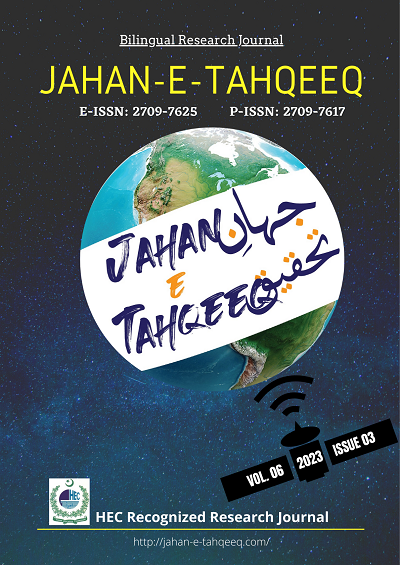روایت حدیث میں امام زہری کی تدلیس: ایک تاریخی تناظر
##plugins.themes.academic_pro.article.main##
Abstract
This paper explores the phenomenon of tadlis (concealment or ambiguity in the chain of narrators) in the Hadith tradition, focusing specifically on the role of Imam Muhammad ibn Muslim ibn Ubaidullah al-Zuhri, commonly known as Imam Zuhri. Widely regarded as a pioneering figure in the compilation and transmission of Hadith, Imam Zuhri's contributions are invaluable, yet his practice of tadlis has been a subject of scholarly debate. This study provides a historical perspective on Imam Zuhri's alleged tadlis, analyzing its context, motivations, and implications within the broader framework of Hadith sciences. By examining classical and contemporary sources, the paper aims to understand the reasons behind Imam Zuhri’s use of tadlis, the nature of the criticism directed at him, and how his practices influenced the integrity and acceptance of the Hadith he transmitted. The analysis also considers the impact of tadlis on the reliability of Hadith collections and its significance in the grading of narrators. Through this investigation, the paper seeks to contribute to a nuanced understanding of Imam Zuhri's role in Hadith transmission, balancing his contributions with the complexities surrounding his methodologies, and ultimately providing a clearer picture of his legacy in Islamic scholarship. This abstract sets the stage for a detailed analysis of Imam Zuhri’s practices within the historical and scholarly context of Hadith studies.
##plugins.themes.academic_pro.article.details##

This work is licensed under a Creative Commons Attribution-NonCommercial-NoDerivatives 4.0 International License.

